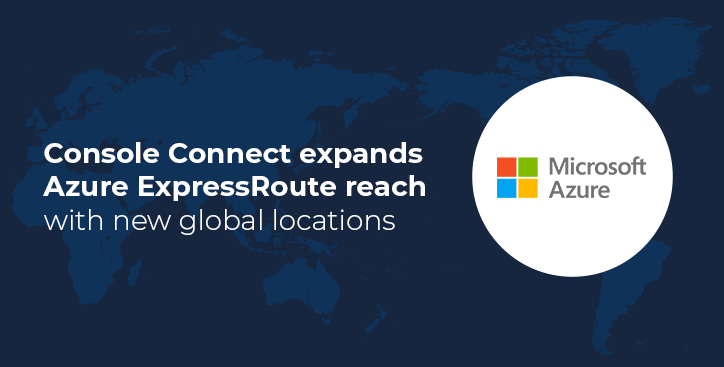Untangling the last mile: What’s really holding back connectivity at the edge?
By Lily Bennett|11 November, 2025
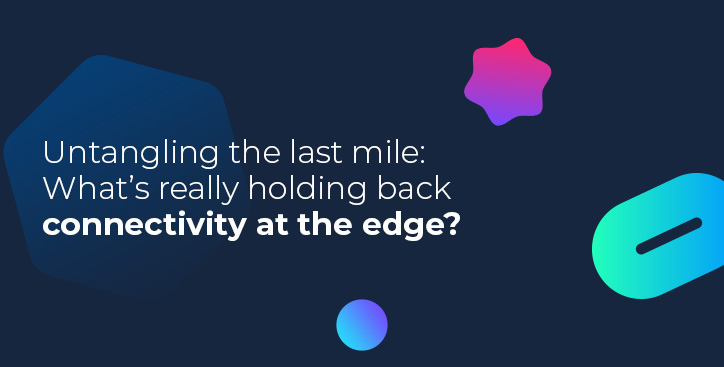
As bandwidth demands surge and applications move ever closer to the user, the crucial last mile link between networks and end users has become an obstacle for performance, reliability and flexibility.
In the latest episode of our podcast Bits, Bytes and Beyond, Trent Blakely sat down with Shaheen Kalla, Presales Team Lead at PCCW Global, to unpack what’s changing in the last mile, what still hasn’t been solved and how enterprises can start to rethink the way they design and manage their connectivity.
Let’s dive into some of the key takeaways from their conversation.
1. The edge hasn’t moved, but the data has
Applications have always operated at the edge; what has shifted is where the data lives. 'What's happened is your data stores have moved off edge, so your data stores have moved into the cloud,' explains Shaheen. And as applications have become more intelligent and data-driven, particularly with the rise of AI, traffic between users and the cloud has grown dramatically.
The challenge is that last-mile bandwidth remains largely fixed. Most providers still can’t flex capacity up and down in real time as demand fluctuates. This rigidity limits how effectively organisations can respond to dynamic workloads or unpredictable user behaviour, making bandwidth elasticity one of the biggest unresolved issues in modern connectivity.
2. Resilience isn’t just about diversity
Building resilience into the last mile is still highly dependent on underlying infrastructure availability. Achieving near-perfect uptime requires significant investment, and even then, not all redundancy strategies deliver as expected.
Many organisations assume using multiple carriers guarantees the best resilience, but over time, network routes evolve and what begins as diverse paths can merge into shared infrastructure. Therefore, carrier diversity is not always the best solution and in some cases, relying on a single provider that actively manages path diversity within its network can deliver greater visibility and control.
Shaheen shares three things to consider when designing resilience into your network:
- Know what type of resilience you want.
- What are your trade-offs? How much do you want to spend primarily, and do you have the equipment that can support multiple carriers and multiple paths?
- Use creative solutions that have worked such as multi-path and having diversity in terms of protection, types of technology and types of media use.
3. From private links to prioritised traffic
The move from on-premises data centres to cloud and SaaS environments has redefined how businesses think about the last mile. The traditional model of connecting offices to data centres via private links has given way to cheaper and more flexible internet connectivity.
Yet private connectivity still plays a vital role. Certain applications cannot tolerate the unpredictable latency or congestion of the public internet, while others can operate comfortably over broadband. The key lies in understanding which workloads require guaranteed performance and prioritising accordingly, blending private and public connectivity to match the business’s specific needs.
4. Broadband boom, broadband bottlenecks
The pandemic years accelerated major changes in last-mile usage. With entire workforces operating remotely, demand for broadband connectivity surged. Over the past five years, private connectivity sales dropped as organisations focused on enabling home access.
At the same time, household networks became more congested, supporting simultaneous video calls, streaming and online schooling. Enterprise connectivity models have had to adapt, with broadband performance and reliability now forming a critical part of the corporate network experience.
5. How much can we rely on 5G?
New access technologies such as 5G and low-Earth-orbit (LEO) satellites are often viewed as potential replacements for traditional last-mile links. While they provide excellent backup and mobility options in developed regions, they remain constrained by congestion and availability.
Shaheen shares an example many of us can relate to, 'You can have the best 5G phone with the best 5G card and your network tells you, ''We have the best 5G coverage'', and you sit there and you're trying to send a text message and you can't because the cell tower is overloaded.'
These technologies work well as complementary solutions but are not yet viable as full-scale enterprise replacements for dedicated connectivity.
6. Rethinking the last mile for a hybrid world
With nearly 90% of enterprises now pursuing some form of hybrid or multi-cloud strategy, the last mile must evolve beyond static connectivity. The focus should shift from building more links to using existing capacity more intelligently.
A reimagined model would provide enterprises the ‘ability to swing traffic based on where usage is needed at the time,’ whether that’s between office, home and cloud environments – all within a unified bundle from a single provider. Rather than a shared data pool, Shaheen suggests organisations would operate within a shared bandwidth pool, flexing usage based on where demand is highest at any given time.
AI-driven traffic steering across the backbone could enable this vision, automatically allocating bandwidth to critical workloads, users or locations as conditions change.
So, where does this leave us?
The last mile has come a long way in terms of robustness and availability, but flexibility and real-time intelligence remain the missing pieces. True evolution will come when networks can automatically anticipate demand, adapt dynamically and optimise performance without manual intervention.
That’s where solutions like Edge Port come in, offering an automated service that reduces the time it takes to connect and improves the performance of applications at the edge. By ordering your last-mile connectivity through an intuitive, self-service platform, Edge Port empowers organisations to design and deploy more intelligent, resilient networks. To get started:
- Log in to Console Connect and get real-time quotes for establishing a last mile connection directly to your enterprise site.
- Find your location and choose your port speed and contract terms. Port speeds range from 100Mbps to 10Gbps.
- Access multiple Console Connect services delivered via a single Edge Port, including Layer 2, Layer 3 CloudRouter® and Internet On-Demand.
In short, the future of last-mile connectivity isn’t just about adding capacity - it’s about building networks that can anticipate, adapt and ultimately, think for themselves.
Listen to the full conversation with Trent and Shaheen on the Bits, Bytes and Beyond podcast, where they explore the realities of enterprise networking in a hybrid, AI-driven world.

.jpg)
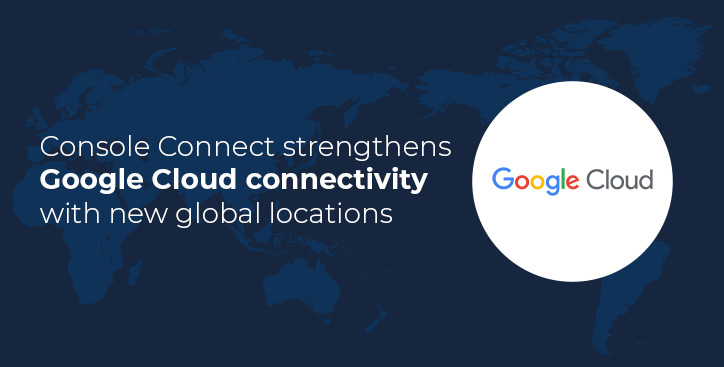
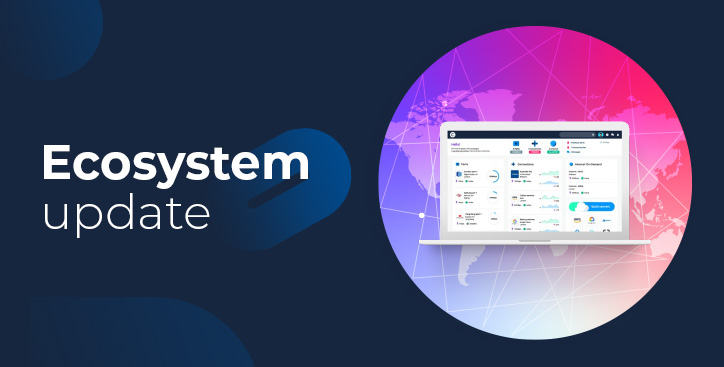
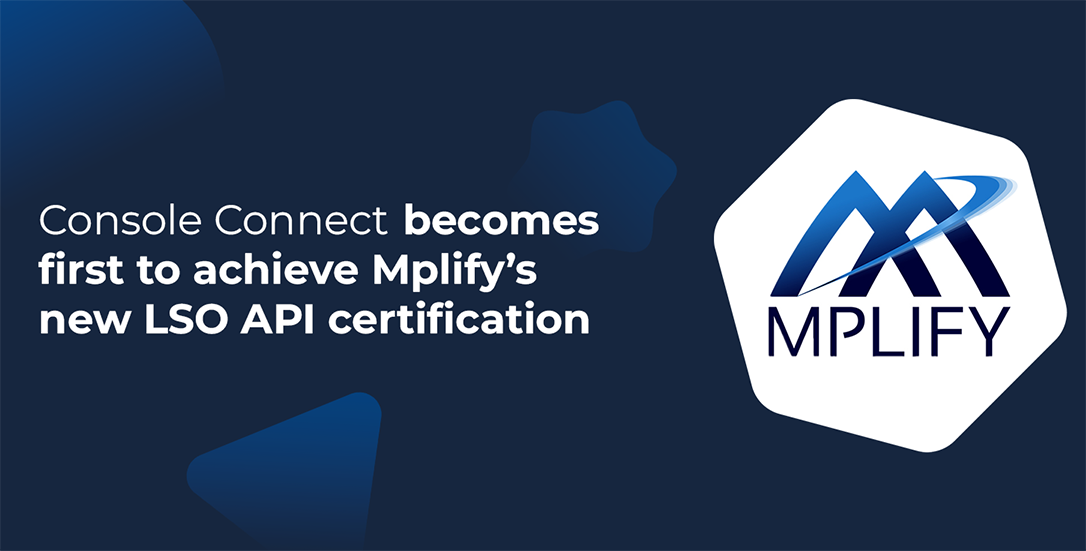

.jpg)
